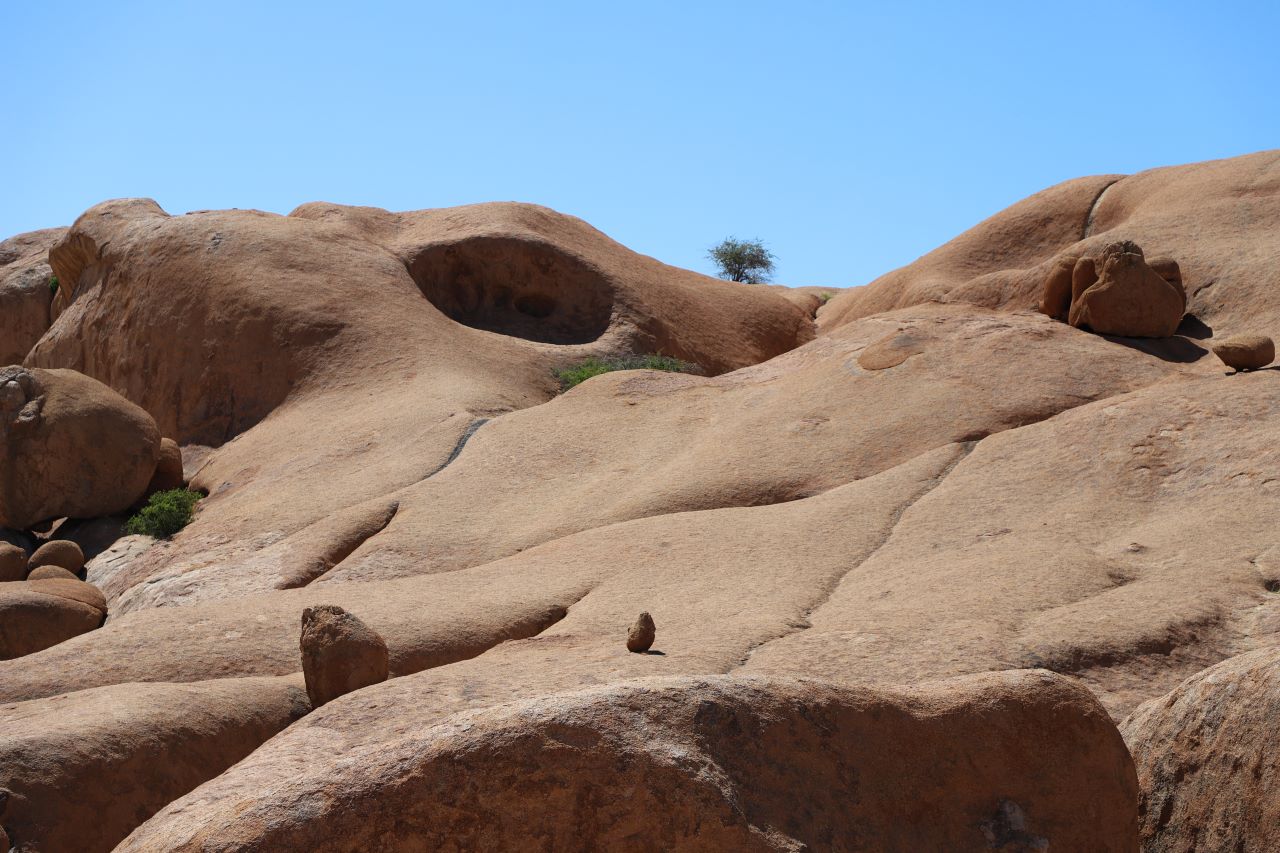Essential Tips for a Self-Drive Safari in Namibia
Embarking on a self-drive safari in Namibia promises an exhilarating experience, combining the thrill of exploration with the freedom to chart your course. Namibia’s diverse landscapes—from the arid dunes of the Namib Desert to the lush wetlands of the Okavango—offer a unique backdrop for an adventure. To ensure a smooth and enjoyable journey, thorough preparation is key. Here’s a comprehensive guide to help you get ready for your Namibian safari.
Research and Plan Ahead
Before setting out on your self-drive safari, investing time in research and planning will significantly enhance your experience. Namibia’s vast and varied terrain requires careful consideration:
- Wildlife and Destinations: Familiarize yourself with the different national parks and wildlife reserves. Namibia is home to a range of habitats, from the wildlife-rich Etosha National Park to the rugged landscapes of Damaraland. Research which areas are best for spotting specific animals, such as elephants in the Caprivi Strip or cheetahs in the Kalahari Desert.
- Weather and Timing: Namibia’s climate can vary greatly depending on the season and region. The dry season (May to October) is generally the best time for game viewing, as animals congregate around water sources. Conversely, the wet season (November to April) brings lush landscapes and fewer tourists but can also lead to challenging driving conditions due to rain.
- Itinerary and Logistics: Plan your route carefully, taking into account the distances between destinations and the time required for travel. Namibia’s roads, while often well-maintained, can be long and remote. Ensure your itinerary allows for ample time to reach each location and explore without feeling rushed.
- Accommodation: Namibia offers a range of accommodation options, from luxury lodges to more rustic campsites. Consider booking your stays in advance, especially if travelling during peak seasons. Also, check for any park regulations or entry requirements for your chosen accommodations.
Choose the Right Vehicle
Selecting the right vehicle is a cornerstone of a successful self-drive safari. Namibia’s terrain can be challenging, so opt for a vehicle that suits the conditions:
- 4×4 Vehicle: A sturdy 4×4 with high ground clearance is essential for navigating Namibia’s diverse landscapes. Whether you’re traversing sandy dunes or rocky paths, a 4×4 will provide the necessary traction and durability.
- Vehicle Features: Ensure that your rental vehicle is well-maintained and equipped with essential safety features. This includes spare tyres, a jack, and a reliable GPS navigation system. Additionally, familiarize yourself with the vehicle’s functionalities, such as engaging 4×4 mode and operating the air conditioning, before you start your journey.
- Driving Comfort: Consider the comfort of the vehicle, especially if you’re planning long drives. Features like air conditioning, comfortable seating, and ample storage space for your gear can enhance your driving experience.
Pack Wisely
Packing smartly can make a significant difference in your safari experience:
- Gear and Essentials: Bring binoculars for wildlife spotting, a camera with extra batteries to capture your memories, and a flashlight for navigating in the dark. A first aid kit, sunscreen, and insect repellent are essential for your health and comfort.
- Clothing: Pack comfortable clothing suitable for varying weather conditions. Lightweight, breathable layers are ideal for daytime, while warmer layers may be necessary for cooler evenings.
- Supplies: Don’t forget to carry enough food, water, and fuel for your journey. In some remote areas, access to supplies can be limited, so being self-sufficient is crucial.
Learn Road Etiquette and Navigation
Understanding Namibia’s road rules and etiquette will help you navigate safely and responsibly:
- Road Rules: Stick to designated tracks and roads within national parks. Off-roading can damage delicate ecosystems and disturb wildlife.
- Navigation: Carry a detailed map or GPS device for effective navigation. Be aware that some areas may have limited or no cell phone coverage, so plan accordingly.
Prioritize Safety
Safety should always be a top priority during your self-drive safari:
- Speed Limits and Wildlife: Observe speed limits and be cautious of wildlife crossings. Namibia’s roads can be unpredictable, and animals may appear unexpectedly.
- Communication: Inform someone about your itinerary and expected return dates. Travelling with a companion, especially in remote areas, is advisable for added safety.
- Park Rules: Follow park rules and guidelines to ensure the safety of both yourself and the wildlife. Respecting the environment and adhering to local regulations helps preserve Namibia’s natural beauty for future visitors.
Final Thoughts
Preparing for a self-drive safari in Namibia involves careful planning and consideration. By researching destinations, choosing the right vehicle, packing wisely, and prioritizing safety, you’ll be well-equipped to enjoy an extraordinary adventure. Remember to check for updated travel advisories, road conditions, and park regulations before your trip to ensure a smooth and enjoyable safari experience in Namibia. Embrace the freedom of the open road and let Namibia’s stunning landscapes and wildlife captivate you.
Preparing for a self-drive safari in Namibia requires thorough planning. From vehicle selection to safety precautions, being well-prepared ensures an unforgettable adventure. Ready to start your journey through Namibia’s breathtaking landscapes? Contact us today to begin planning your dream safari.




